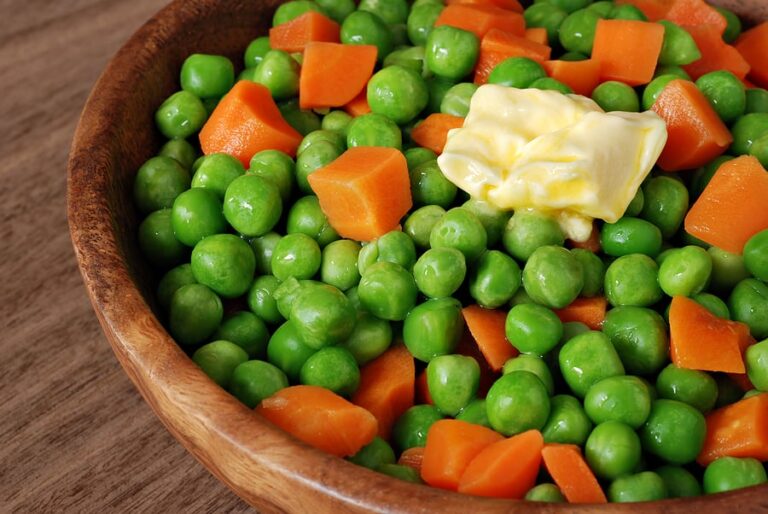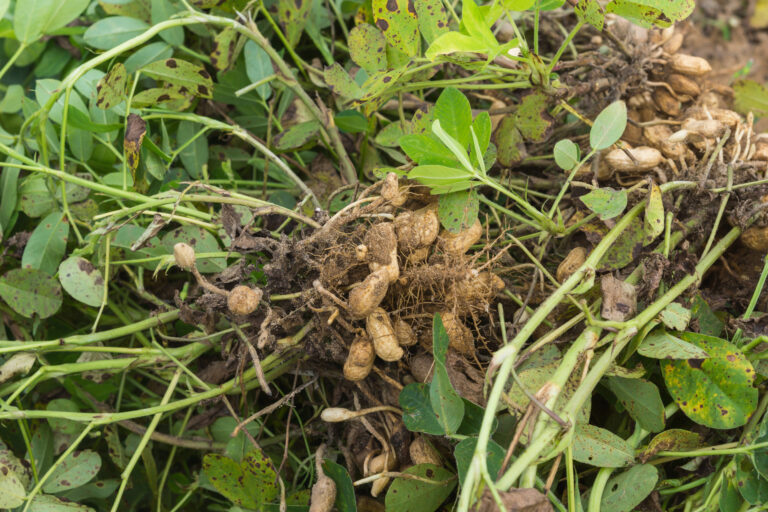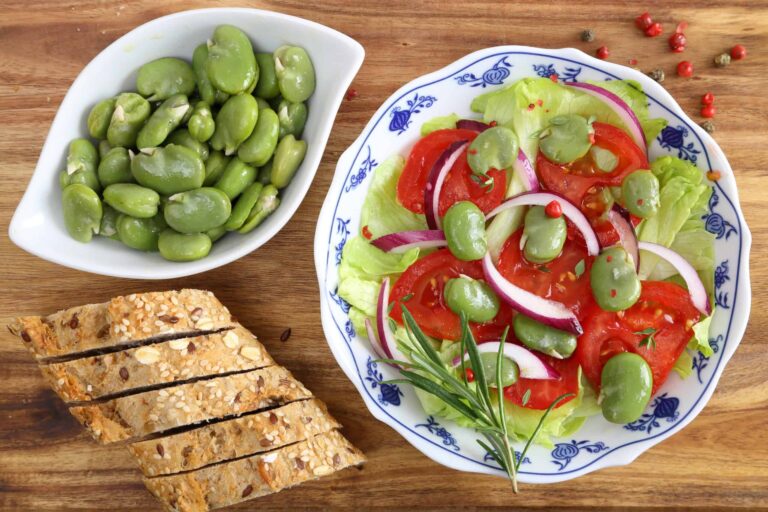Chickpea Diseases and How to Prevent Them Naturally
Growing chickpeas (garbanzo beans) is usually low-maintenance, but disease pressure can rise quickly in cool, damp springs or when plants grow too densely. After decades of growing legumes in raised beds and Mediterranean-style dry plots, I’ve learned that chickpeas stay healthiest when you understand their risks early and manage conditions that favor airflow and dryness. Below is a practical, experience-backed guide to identifying, preventing, and managing the most common chickpea diseases in home gardens.
Common Chickpea Diseases
1. Ascochyta Blight (Ascochyta rabiei)
Symptoms: Tan spots with dark margins on leaves and pods; stem lesions; rapid dieback in cool, wet weather.
My experience: This is the most common chickpea disease in temperate regions. I’ve seen it flare after late spring rains, especially when foliage stays wet for hours.
Prevention & Management:
- Plant certified disease-free seed.
- Provide wide spacing (6 to 8 inches) for airflow.
- Avoid overhead watering.
- Remove infected plants immediately.
- Rotate at least 3 years away from chickpeas and other legumes.
2. Fusarium Wilt
Symptoms: Yellowing leaves, stunted growth, reddish-brown streaking inside stems, plants wilting on warm afternoons.
Prevention & Management:
- Choose resistant varieties, if available.
- Improve soil drainage—raised beds or mounded rows work well.
- Rotate crops away from legumes.
3. Root Rot (Pythium, Rhizoctonia)
Symptoms: Poor early growth, darkened root tips, seedlings collapsing.
What I’ve learned: Chickpeas dislike wet feet. Root rot almost always appears where soil stays cool and saturated.
Prevention & Management:
- Plant into warm, well-drained soil.
- Avoid planting too early in spring.
- Use compost to improve soil structure and drainage.
4. Botrytis Gray Mold
Symptoms: Gray fuzzy mold, leaf blight, and stem rot during extended humidity or crowding.
Prevention & Management:
- Thin plants to maintain airflow.
- Mulch to reduce soil splash.
- Remove plant debris promptly.
- Stake or lightly support plants if necessary to keep foliage off the soil.
5. Powdery Mildew
Symptoms: White, powdery fungal coating on leaves.
Prevention & Management:
- Provide full sun—chickpeas grown in shade develop mildew more often.
- Ensure air circulation.
- Use organic controls like neem oil if infection begins early.
How to Prevent Chickpea Diseases: My Proven Practices
1. Choose the Right Site
Chickpeas thrive in dry, sunny locations. In my California beds, I plant them in the areas that warm first and drain quickly.
2. Prioritize Airflow
Spacing is essential—crowded chickpeas rarely stay disease-free. Aim for 6 to 8 inches between plants and 18 to 24 inches between rows.
3. Water Properly
Water early in the day and at soil level. Avoid wetting foliage. Once the plants flower, reduce watering slightly to limit disease spread.
4. Rotate Regularly
A 3- to 4-year rotation away from legumes is the most effective long-term disease prevention strategy.
5. Keep the Soil Clean
Remove plant debris at the end of the season, especially after damp springs. Compost only healthy plant material.
6. Use Mulch Wisely
Apply a light mulch—straw or shredded leaves—to prevent soil splash and suppress weeds without trapping too much moisture.
Final Thoughts
Chickpeas are resilient plants with relatively few disease problems, especially when grown with sun, airflow, and dry conditions in mind. Keeping foliage dry and avoiding overcrowding will prevent most issues before they start. With a good rotation plan and mindful watering, you can grow a clean, abundant chickpea crop year after year.
Chickpea Learning Hub
Start Here / Overview
- Mastering Chickpeas: Planting, Growing, and Harvesting Tips
- How to Plant, Grow, and Harvest Chickpeas (Garbanzo Beans): The Complete Guide
Planning & Planting
- Best Chickpea Varieties to Grow: Kabuli, Desi, Black, and Specialty Types
- Short-Season Chickpeas: Best Varieties and Tips for Cooler Climates
- When to Plant Chickpeas: Temperature, Frost Windows, and a Month-by-Month Calendar
- How to Start Chickpeas From Seed: Indoors, Outdoors, and Spacing Tips
- Can You Grow Chickpeas in Containers? What Works—and What Doesn’t
- Growing Chickpeas in Raised Beds
- Best Companion Plants for Chickpeas (and What to Avoid)
Care & Maintenance
- How to Water and Feed Chickpeas for Maximum Pod Production
- Chickpea Care Guide: Weeding, Mulching, Trellising, and Seasonal Maintenance
Pests, Diseases & Troubleshooting
- Chickpea Pests: Identification, Prevention, and Organic Controls
- Chickpea Diseases and How to Prevent Them: Blight, Mosaic, Anthracnose & More
- Troubleshooting Chickpeas: Why Plants Fail, Don’t Flower, or Don’t Make Pods
Harvesting & Post-Harvest
- Harvesting Chickpeas: Fresh Green Pods vs. Dried Beans
- How to Store and Preserve Chickpeas: Fresh, Dried, Canned, or Frozen
Cooking & Enjoying





